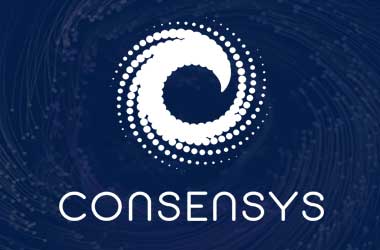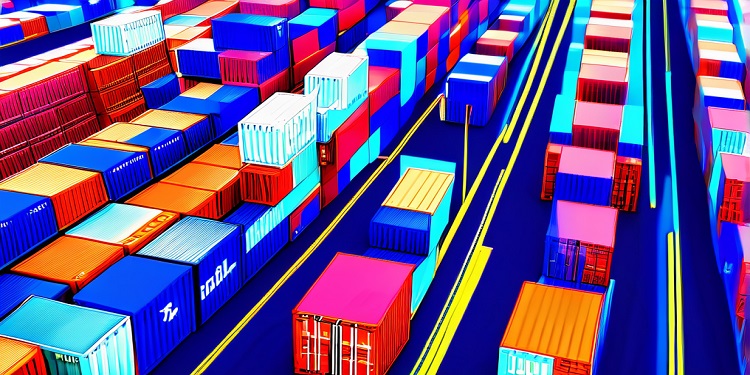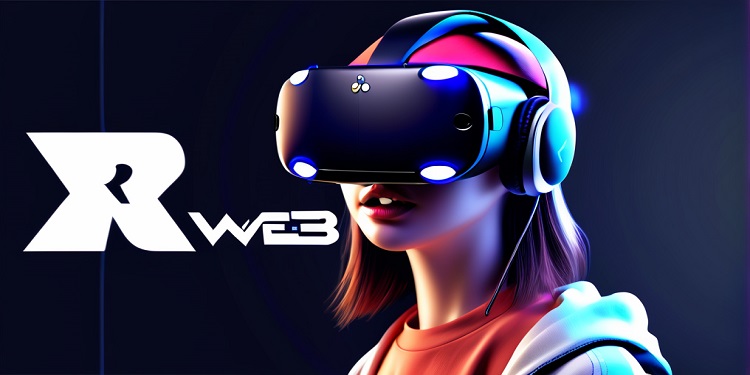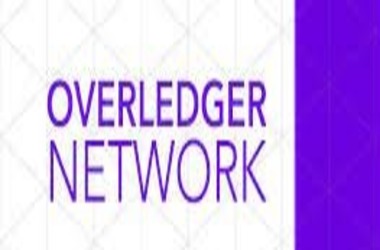 ConsenSys, the research and development firm behind the renowned Metamask crypto wallet, is set to release its layer-2 network, Linea, on the main Ethereum network later this week. Linea is a rollup network, specifically a zkEVM (zero-knowledge Ethereum Virtual Machine), which leverages zero-knowledge (ZK) cryptography, one of the trending blockchain technologies this year. It is designed to be compatible with the Ethereum Virtual Machine programming environment, enabling seamless porting of existing Ethereum-based applications without significant additional work. Rollups, including Linea, play a crucial role in the Ethereum blockchain’s roadmap by offering users faster and more cost-effective transactions compared to the congested parent network.
ConsenSys, the research and development firm behind the renowned Metamask crypto wallet, is set to release its layer-2 network, Linea, on the main Ethereum network later this week. Linea is a rollup network, specifically a zkEVM (zero-knowledge Ethereum Virtual Machine), which leverages zero-knowledge (ZK) cryptography, one of the trending blockchain technologies this year. It is designed to be compatible with the Ethereum Virtual Machine programming environment, enabling seamless porting of existing Ethereum-based applications without significant additional work. Rollups, including Linea, play a crucial role in the Ethereum blockchain’s roadmap by offering users faster and more cost-effective transactions compared to the congested parent network.
Deployment of applications on Linea’s “alpha” network will be available to app developers starting this Friday, followed by public access scheduled for next week. As one of the recent zkEVM projects, Linea aims to expand accessibility to Ethereum, the second-largest blockchain in terms of transaction volume. Rollup networks like Linea are expected to become the primary method for users to access Ethereum, as the high fees associated with Ethereum’s parent network limit its practicality for many users and use cases.
Nicolas Liochon, the global product lead for Linea, highlighted the advantages of using the layer-2 network, stating, “Because the gas prices on the layer 2 are 15 times less than on layer 1, many use cases become possible.” ConsenSys, led by Ethereum co-founder Joe Lubin, is dedicated to Ethereum and sees the migration of activities to layer 2 as a way to significantly increase the number of people who can utilize the network.
Linea joins other Ethereum rollups like Optimism and Arbitrum, which were the first to market. While Optimism and Arbitrum are considered “optimistic” rollups, Linea and similar ZK rollups operate in a similar manner by bundling transactions and settling them in bulk on Ethereum’s ledger. However, ZK rollups developers believe that ZK cryptography will eventually offer faster, cheaper, and more secure solutions compared to optimistic alternatives.
Unlike some competing zkEVM projects, ConsenSys made Linea bytecode-compatible with the EVM, making it theoretically easier to use Linea with existing Ethereum developer tools.
ConsenSys reported that Linea’s test network, which launched in March and used NFTs and other incentives to attract new users, has already seen over 5 million unique wallets transacting on it. While many layer-2 networks have conducted airdrops of tokens to early users after their launch on the main Ethereum network, ConsenSys has yet to confirm any plans for a Linea token, emphasizing their focus on building and development.
As Linea enters its alpha launch, it will initially have certain centralized elements in place as precautionary measures to safeguard users from unforeseen issues. ConsenSys will be the sole entity allowed to submit zero-knowledge proofs to Linea’s smart contracts on Ethereum. This centralization is seen as temporary, with plans to gradually move toward full decentralization, similar to the approach taken by other Layer 2 teams.
Liochon expressed that complete decentralization requires confidence in the proof system, stating, “But you need to be 100% sure that there’s no issue in your proof system. We’re not there yet.”
Overall, ConsenSys’ introduction of Linea on the Ethereum mainnet marks another significant milestone in the advancement of zkEVM rollup technology, providing developers and users with a more scalable and cost-efficient solution for Ethereum-based applications.








